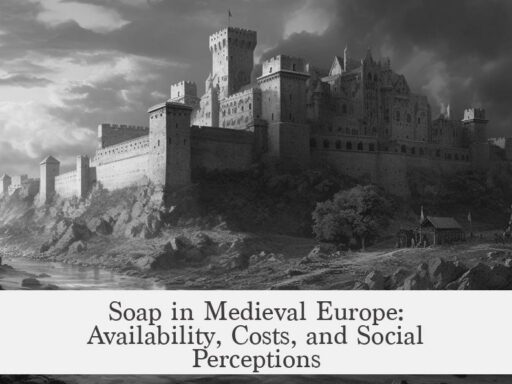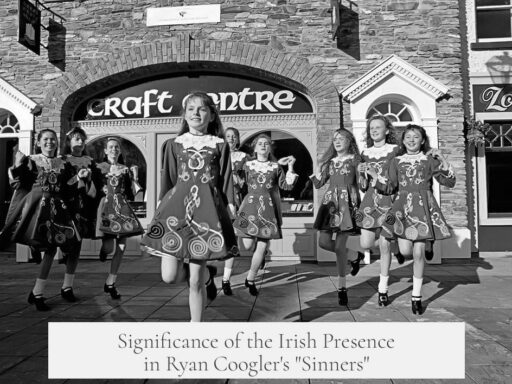During the construction of New York’s skyscrapers in the 1920s, fatal falls among workers were less common than many assume. Official records from landmark projects like the Chrysler Building and the Empire State Building reveal relatively low death tolls, especially from falls. Procedures for handling fatal accidents and the cultural perception of such events remain poorly documented.
Contrary to popular belief, two out of every five workers did not fall to their deaths or become disabled while building these skyscrapers. The actual number of deaths, including those from falls, was low relative to the risky nature of the work. For instance, while some anticipated up to one death per floor during construction of the Chrysler Building, official reports recorded zero deaths on that project.
During the Empire State Building’s construction, about 14 deaths occurred overall, with only five attributed to falls. The relatively low statistics reflect several factors:
- The 1916 New York City zoning resolution created setbacks that kept the public farther from construction sites, reducing public exposure to accidents.
- The Empire State Building applied fast-track construction techniques, completing 7 million man-hours in just over a year. This innovative approach increased safety oversight and coordination.
- Compared to later projects like the World Trade Center, which experienced over 60 construction fatalities, 1920s skyscraper projects had surprisingly fewer deaths.
No detailed records or procedural manuals survive describing what protocols were followed when a worker died from a fall. Furthermore, it is unclear whether witnessing the aftermath of such accidents was viewed as a routine aspect of life in New York City during that era.
| Project | Total Deaths | Deaths from Falls |
|---|---|---|
| Chrysler Building | 0 | 0 |
| Empire State Building | 14 | 5 |
| World Trade Center (40 years later) | 60+ | Not specified |
In summary:
- Skyscraper construction deaths in 1920s NYC were less frequent than perceived, particularly fall-related deaths.
- Procedures following fatal falls are not well documented.
- The public rarely witnessed falls or their aftermath due to site layouts and safety practices.
- Compared to later projects, 1920s construction fatalities were comparatively low despite fast-paced construction.
Were Fatal Falls Routine at NYC Skyscraper Construction Sites in the 1920s? And Was There Any Procedure When Someone Fell?
Short answer: No, seeing workers fall to their deaths was not a regular sight on New York’s streets in the 1920s, and formal procedures for fatalities existed but were rudimentary compared to today’s standards. But this topic deserves much more unpacking—in part because those towering giants in the city skyline came at a huge human cost, though maybe not as grim as pop culture might suggest.
The myth has it: “Two out of every five construction workers fell to their deaths or were disabled building NYC’s skyscrapers in the 1920s.” Sounds terrifying, right? But let’s dig deeper into the facts, because history paints a more nuanced picture.
Were Fatal Falls That Common Back Then?
Most people imagine construction in the roaring 1920s as a wild free-for-all. Iron rods sticking out everywhere, no harness, no hard hats, just workers balancing like circus performers at dizzying heights. But in reality, New Yorkers seldom witnessed such tragic falls directly.
One big reason? The 1916 NYC Zoning Resolution, which forced buildings to have setbacks—basically, stepped-back upper floors—kept construction sites physically distant from bustling streets. This zoning meant fewer passersby got an eye-full of the dangerous work, and by extension, fewer witnessed fatal mishaps.
The number of deaths was surprisingly low when you consider the scale of skyscraper projects. For instance, during the building of the Chrysler Building, there were officially no construction-related deaths. For the Empire State Building (ESB), only 14 deaths occurred during construction—and shockingly, only five of these were from falls.
So Why Do We Think It Was Deadly?
Sensational stories often outlive reality, especially when building legends of NYC’s sky-high marvels. The harsh truth? Most construction workers had dangerous jobs, but fatal falls were less common than you’d expect—thanks partly to emerging construction safety measures and the nature of the work itself.
With roughly 7 million man-hours logged on the ESB project, completed in just over a year, the number of deaths was “remarkably few.” That’s especially striking considering the novel, fast-track construction techniques used—a bit like trying to build a jumbo jet while still designing parts of it on the fly.
Procedures When a Worker Fell to Their Death: What Did They Do?
Imagine you’re a construction worker in 1929. A colleague slips and falls from the steel skeleton high above. What happens next?
First, the injured or deceased worker would be quickly removed from the site. Early versions of emergency procedures existed, but nothing like the robust OSHA protocols we see today, which requires detailed accident investigations and workplace safety reforms.
Medical care was limited, and often on-site first aid was the extent of immediate help. If the fall was fatal, the site would pause briefly, but construction rarely stopped for long—deadlines loomed, and the city’s thirst for height and completion overshadowed mourning.
Death on site was tragic, but to many, it was understood as an unlucky but accepted ‘part and parcel’ of industrial progress. The idea of seeing a worker fall wasn’t common; however, the awareness of deaths happening “somewhere up there” was embedded in NYC’s psyche.
Contrast that with today: Modern laws require accident investigation, compensation for families, and enforcement of safety measures to prevent repeat tragedies. Back then, such legal frameworks were just emerging.
Was Seeing the Aftermath Considered Routine in NYC Life?
Despite the dangers and deaths, most New Yorkers didn’t encounter the gruesome aftermath of workplace falls regularly. The combination of setbacks, guarded sites, and the sheer size of the projects kept the worst scenes mostly out of public view.
Sure, construction workers and their families lived with the risk every day. But the general populace was shielded.
The dark reality is that worker deaths were recognized as hazards inherent to skyscraper construction, but public exposure to these events was limited. It didn’t mean people were numb to death—it meant the city’s infrastructure and regulations kept such tragedies more behind the scenes than folklore would suggest.
How Does This Compare to Later Projects?
Fast forward to the construction of the World Trade Center in the late 1960s and early 1970s—a period when safety regulations had slightly improved but the scale was massive. Over 60 deaths occurred during that project, more than quadruple the Empire State Building’s toll.
This stark difference highlights how construction work remained deadly, but also how evolving technology and regulations affected outcomes.
Lessons for Today: What Can We Take Away?
- Historical Safety Gaps: The 1920s projects did not have comprehensive safety protocols. Today’s rigorous standards come from harsh lessons learned over decades.
- The Myth of the ‘Deadly Skywalkers’: Fewer workers died than legend suggests, showing resilience and early attempts at safety.
- Respect for Risk: Even now, construction work remains hazardous, reminding us that behind every skyscraper lies a story of human grit—and risk.
Next time you admire a soaring NYC skyscraper, spare a thought: These marvels arose not in a sterile environment. Their creation involved daring workers, few deaths but real danger, and a city constantly balancing progress with human cost.
“Building the skyline took guts and grit. Falling to your death was a known risk, yet the city, workers, and bosses pushed on. Procedures? Basic at best. Vision? Endless.”
Indeed, the courage and urgency of 1920s construction worked in tandem. Fatal falls were tragic but not routine spectacles for the public. Their aftermath was handled swiftly, professionally, but often without ceremony.
Today, safety protocols honor those risks, setting a higher bar from the catwalks of history to the modern steel beams above the streets we stroll daily.


